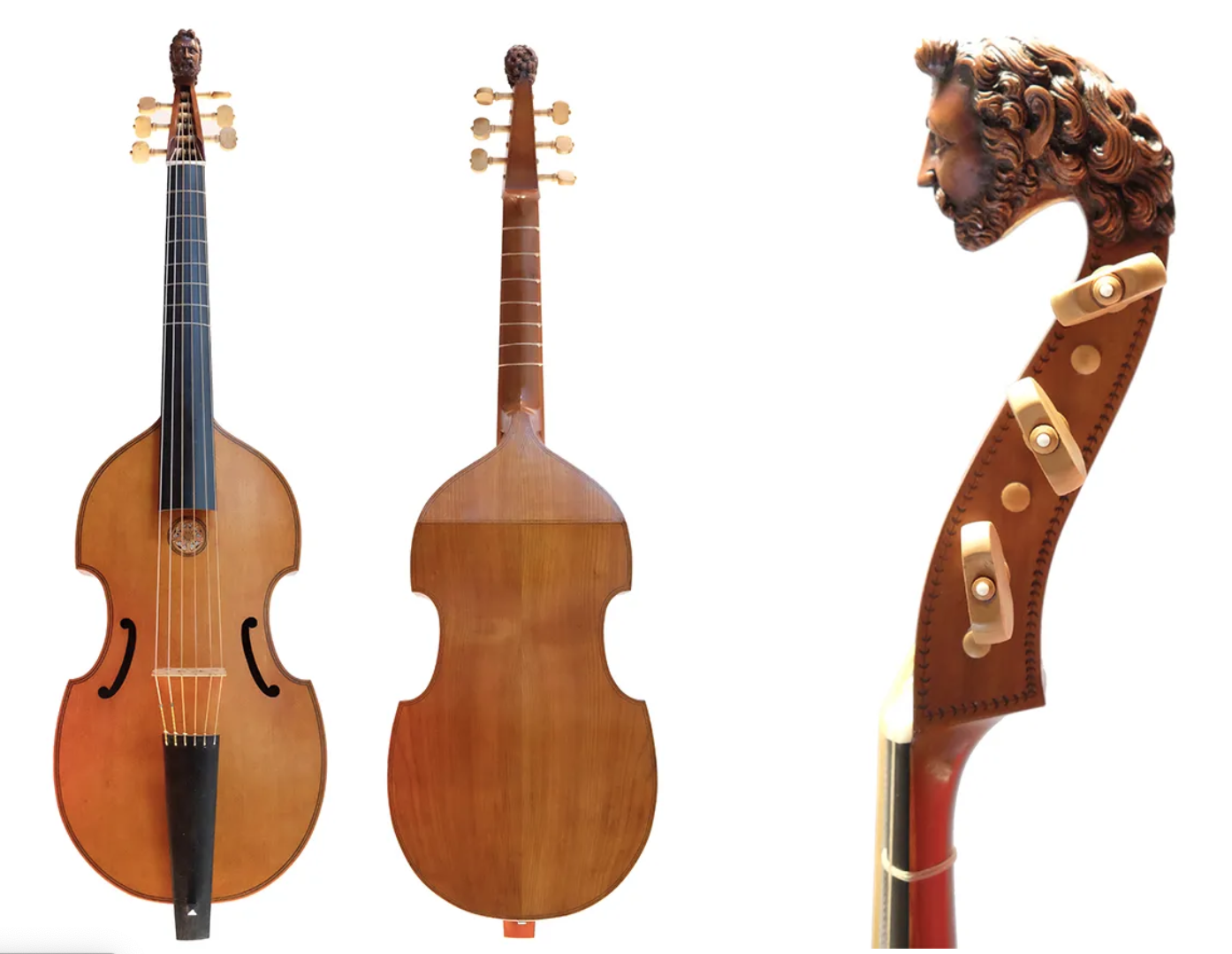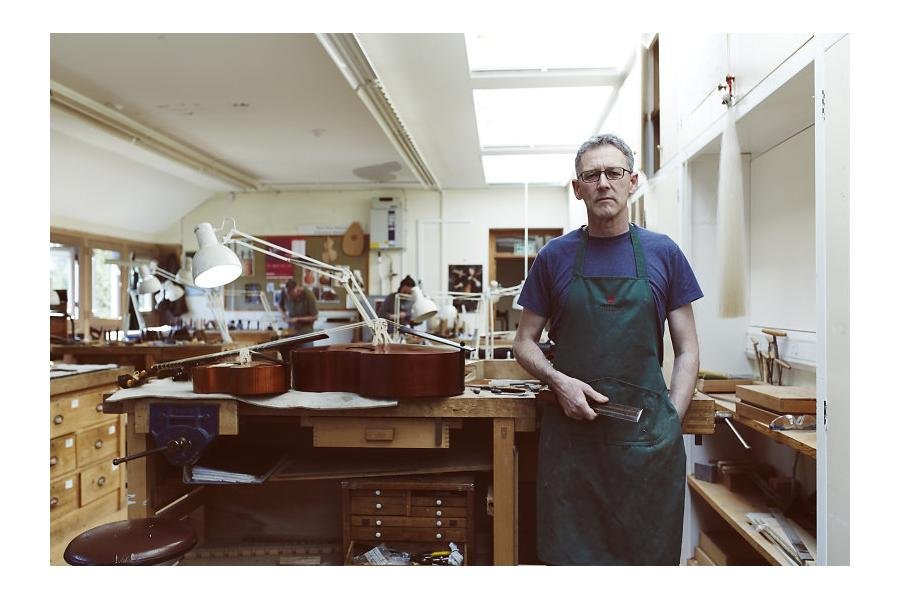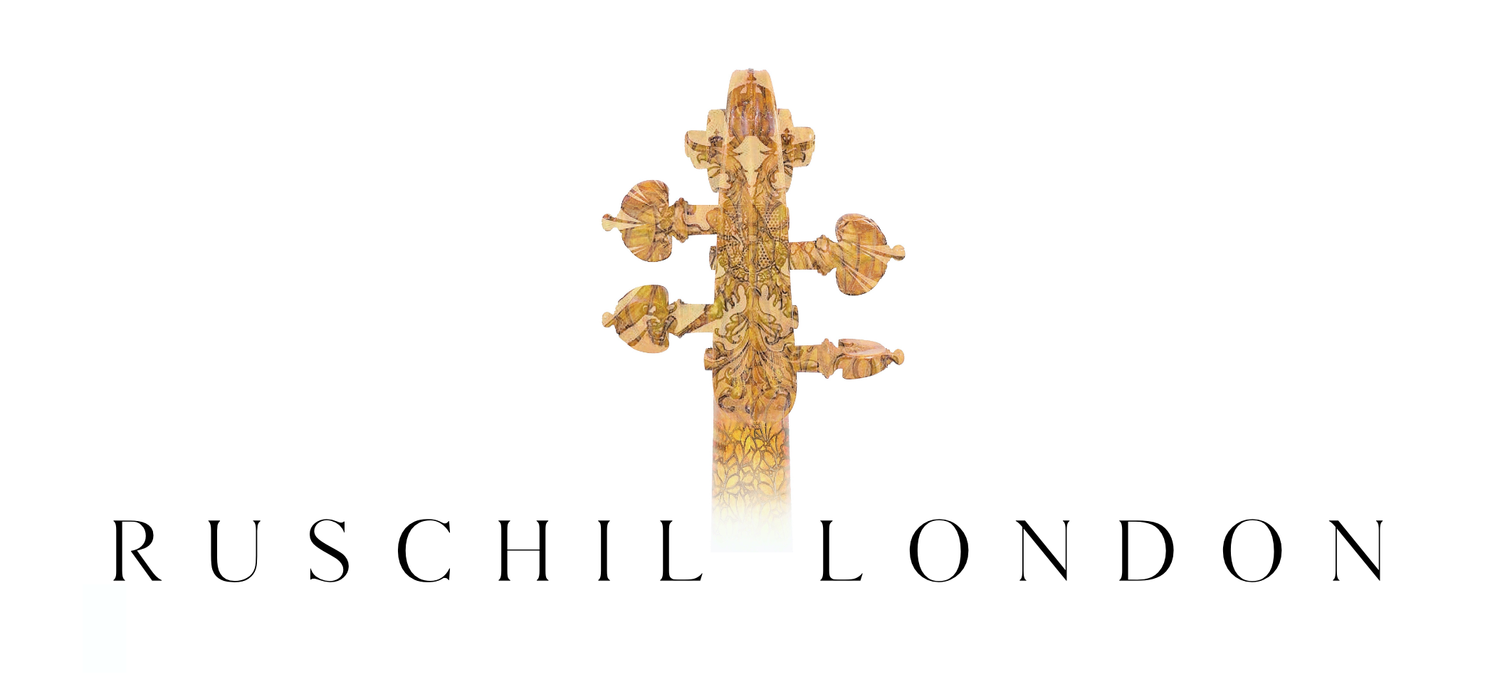
Shem Mackey Luthier
Information on the great luthier Shem Mackey

Shem studied musical instrument making at the London College of Furniture, graduating in 1989. Since then he has been making and researching the viola da gamba. He is a founding member of the British Violin Making Association and is the founding editor of its quarterly newsletter. He served on the management committee of the BVMA for many years, on the organisation of its exhibitions, competition and in the production of its books. He received a QEST Scholarship in 1998 to work on repair and restoration of musical instruments. He also received the QEST Award for Excellence in 2014 for his research work on the 1683 viol by French maker Michel Collichon. His research into the construction and history of the viol has been published in academic and trade journals. Shem is much sought after as a maker and teacher by professionals and amateurs throughout the world.
Born in Ireland but based in Ramsgate, Shem Mackey has been making stringed musical instruments for over 20 years. After a short time at the musical instrument workshop in Beitenwiel, Switzerland, he attended an Early Instrument making course at the London College of Furniture – where he had tuition from master luthiers like Stephen Barber, Stephen Gottlieb and Norman Myall – and in 2009 he took a master degree at the London Metropolitan University. Becoming disillusioned with the making methods that he had been taught at college, Shem Mackey began to look more closely at original work of the long dead makers and developed a system of making that was informed by the evidence within the instruments themselves: particularly in the visible maker’s mark, the tool marks and the repeated oddities.
How did you discover your vocation?
By mistake. The decision to make viola da gamba (also known as viol) was impulsive. I visited a friend in the early instrument workshop at the London College of Furniture and upon entering the building was immediately struck by the amazing work being produced.
What material do you use?
In order to recreate the look of an 18th century instrument, but using modern materials, I have to be faithful to their methods. I use ‘faux’ materials to reproduce tortoiseshell and ivory decoration – I have studied the decorative techniques used in early viola da gamba such as marquetry, gilding and carving.
Is studying the original works important?
Yes. I research constantly, this involves visiting many museums and private collections. Seeing and studying the original work is by far the best inspiration. But I am not constrained by the past in making my work.
Can you tell us one of your most exciting moments professionally?
Hearing my instruments being played in concert is always memorable. At first I used to be very nervous and worried that it would fall apart on stage – but now I can relax and enjoy it. Seeing the joy on the faces of my clients when they first hold and play my instruments is special.

